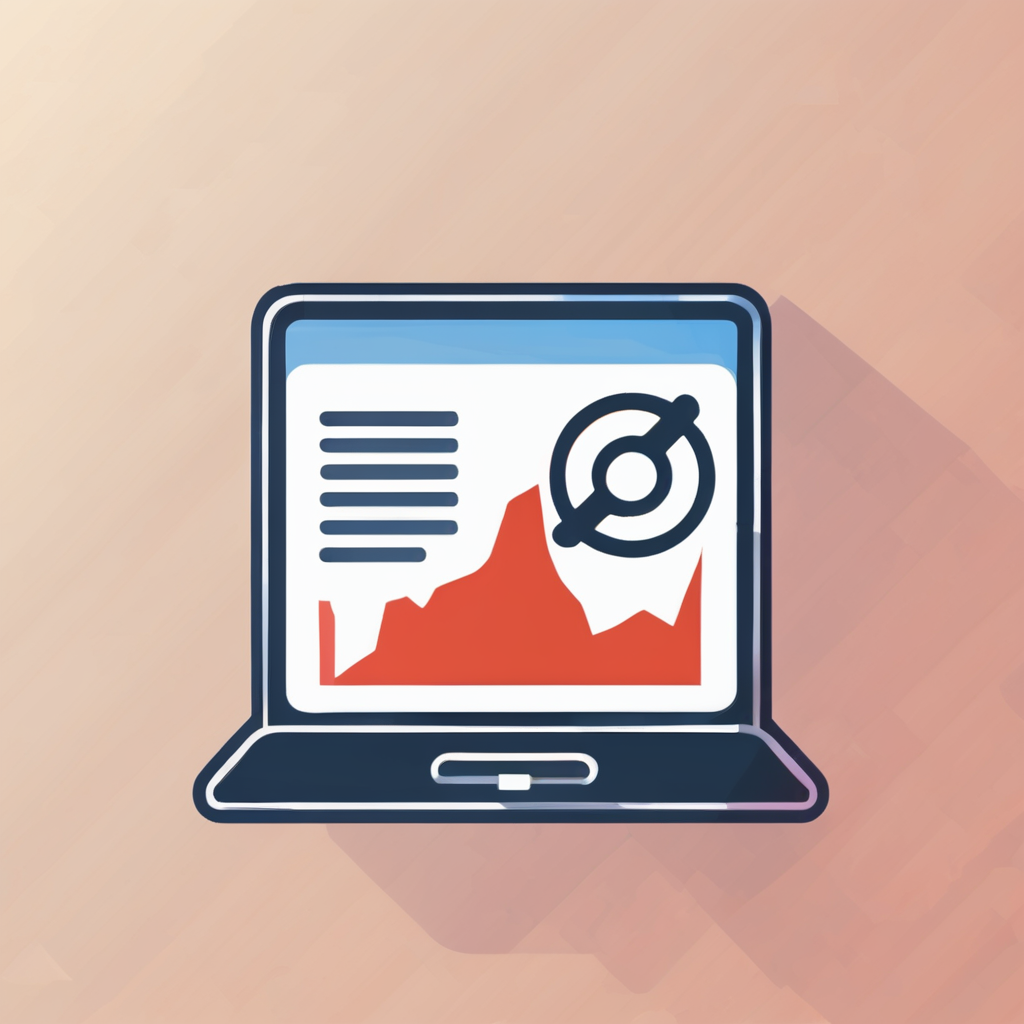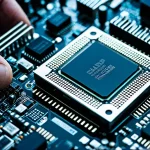UK Consumer Priorities in Smartphone Computing Features
Understanding what drives smartphone choices in the UK
UK consumers place significant emphasis on smartphone computing features when selecting their devices. Key among their priorities are the processor speed, RAM capacity, and battery life, which directly impact performance and daily usability.
In parallel : How do UK consumers assess smartphone camera quality?
Recent surveys reveal that processor speed ranks highly because it determines how smoothly applications run and how well multitasking performs. Users consistently prefer devices with powerful chipsets to handle everything from web browsing to gaming without lag. Similarly, RAM is prioritized as it affects the device’s ability to maintain multiple apps open simultaneously without slowing down.
Battery life remains crucial, reflecting consumers’ need for sustained usage throughout the day without frequent recharging. This preference aligns with busy lifestyles where constant connectivity is expected. The combined importance of these features creates a clear picture of what UK consumers look for in smartphone computing features—they seek a balance of speed, efficiency, and endurance that supports various tasks fluidly.
Have you seen this : How Can Smartphones Influence Our Daily Routines?
By placing processor speed, RAM, and battery life at the forefront, UK buyers demonstrate informed choices built around practical and performance-driven needs.
Key Factors Influencing Smartphone Computing Performance
Understanding smartphone computing performance begins with processor performance and RAM capacity. The processor acts as the brain of the device, executing tasks and running applications. A high-performance processor can handle complex operations smoothly, which is essential for users engaging in demanding activities like gaming or video editing. Meanwhile, RAM capacity ensures that multiple apps and processes run efficiently without lag. A larger RAM allows better multitasking, enabling users to switch between applications seamlessly while maintaining responsiveness.
Battery life is another critical factor when assessing smartphone computing performance. Intensive computing tasks consume significant power, which can quickly drain the battery. A device with optimized energy consumption can sustain longer usage during these demanding activities, improving overall user experience. Efficient battery management also supports extended productivity, especially for professionals relying on their smartphones for work-related functions throughout the day.
The rise of productivity features and the popularity of multitasking functionalities have shaped consumer preferences significantly. Features such as split-screen mode, app pinning, and quick app switching empower users to increase efficiency. As smartphones evolve, consumers increasingly prioritize devices capable of handling complex workflows without compromising speed or battery life. This demand drives manufacturers to balance processor strength, RAM capacity, and battery optimization, making these core elements pivotal in today’s smartphone ecosystem.
Demographic Variations in Feature Prioritization
Understanding demographic trends reveals clear distinctions in how various age groups and professions prioritize robot hoover features. For example, younger consumers, especially students, often emphasize convenience and ease of use, favoring models with strong smart home integration and app-controlled settings. In contrast, older age groups tend to value thorough cleaning performance and reliability, often opting for devices with advanced suction power and larger dustbins.
The rise of remote work and online learning has notably reshaped these priorities. Professionals working from home now require robot hoovers that operate quietly to minimize disruption during work hours, as well as those with scheduling flexibility to clean when rooms are unoccupied. Students prefer models that can clean efficiently between study sessions or while they attend online classes, highlighting a demand for quick and effective cleaning cycles.
Over recent years, we observe a shift in consumer segments: households with children increasingly look for robust filtration features to manage allergens, while urban dwellers in smaller living spaces prioritize compact designs without sacrificing cleaning capabilities. These professional needs and student preferences illustrate the varied requirements driving innovation in robot hoover technology, underlining the importance of aligning product features with specific demographic demands for optimal satisfaction.
Emerging Trends Shaping Smartphone Computing Preferences
The landscape of smartphone computing is rapidly evolving, driven by shifting consumer demands and technological breakthroughs. Recent industry trends highlight a distinct move toward integrating advanced features like 5G connectivity, artificial intelligence (AI), and cloud services to redefine user experience and device capabilities.
Consumers today prioritize seamless connectivity and faster data speeds enabled by 5G, which directly impacts their expectations for real-time applications, streaming, and gaming. This shift causes manufacturers to focus on optimizing hardware to support these rigorous demands while balancing battery life and device form factors.
AI plays a critical role in personalizing the smartphone experience through intelligent assistants, photography enhancements, and predictive functionalities. The infusion of AI-powered features means users expect smarter, context-aware devices that learn and adapt to their behaviors.
Cloud services are increasingly pivotal, allowing users to offload storage and computation to remote servers. This trend influences the design and software ecosystems of smartphones, emphasizing integration with cloud platforms to provide flexible and scalable computing solutions.
Market analyses indicate these trends will intensify, with consumers demanding even greater performance, efficiency, and versatility. Manufacturers who can effectively incorporate 5G, AI, and cloud-based functionalities will likely lead the market as smartphone computing continues to mature in the next few years.


